
Keeping your hair clean and smelling fresh is part of hair care. Hair Care refers to the overall hygiene and cosmetology of your hair. It can include any other hair on the body and how you care for your hair is mainly dependent on culture and your hair type and other physical characteristics of your hair.
Hair can be colored, cut, shaved, or even waxed depending on the area and personal preference.
Below we are discussing what makes a hair care routine, why it is important that you have one, and how to go about it, as well as give you 20 tips on the perfect grooming hair care routine to make your hair your most prized possession.
What Is A Hair Care Routine?
A hair care routine involves the basics such as washing, drying, and styling your hair. You need to consider a lot of different factors such as the hair products and tools you use as they will vary depending on the type of hair that you have. It also includes how often you expose your hair to certain chemicals; how healthy your hair should be and whether some tools and products can be used on your hair type.
The Importance of Hair Hygiene
A hair care routine is an important step that everyone needs to take to ensure that their natural hair is looked after well. Using harsh products on your hair without knowing your hair type and texture can be damaging and leave you with dull-looking hair that is prone to frizz and breakage. That is why we recommend looking into JuvaBun our store to get the right hair care product for you.
It is important to have good hair hygiene as hair can provide a space for mold and bacteria to breed and this can have a negative effect on your health. Looking after your hair means that you do not have to spend money at salons for expensive treatments to repair damaged hair.
Table of Contents
What Should Be The Focus of Your Hair Care Plan?
Before you can determine or start your hair care routine and what it would consist of, here are some steps you need to follow.
Determine your hair type?
Firstly, determine your hair type. There are five factors you need to consider when determining your hair type. These factors should be done for all hair types to be sure that you are using the right methods and products on your hair.
Diameter
To test your hair diameter, take one strand of your hair between your fingertips, and if you do not feel anything that is a sign of fine hair. If you feel a single strand, you have medium-width hair and if it feels thick/ textured your hair is likely coarse.
Density
This refers to how much hair you actually have. Take a handful of hair from the front of your head and gently pull it to the side. If you see your scalp through the bunch of the hair that you have pulled, then you have thin hair density. If you can’t see your scalp at all then you have thick density.
Elasticity
If your hair strand snaps immediately when you try pulling on it between your fingers, you have low hair elasticity. If you can stretch the strands of your hair then it means the elasticity is high. Elasticity can help determine how your hair will hold any type of styling. If you have thin hair then you will have low elasticity, if you have thick to normal hair, you will have high elasticity.
Porosity
This refers to your hair’s ability to absorb moisture and products. Fill a bowl with water and place one strand of your hair in the bowl. If your hair sinks to the bottom, it has high porosity and is absorbing all the moisture. If your hair stays under the surface but floats, then your hair has normal porosity.
Low porosity means that your hair floats above the surface and does not absorb moisture easily. If you have high porosity, it’s the result of having damaged, dry, and frizzy hair. Low porosity can feel oily as it will take the product but won’t absorb or distribute evenly.
Texture
This refers to whether your hair is straight, wavy, or curly. If you know your hair type you can determine which products to use and how to build your hair care routine. Keep in mind that your hair texture can change with the seasons, and this should be considered when you are looking to build your hair care routine as it will slightly change due to the weather.
Determine the products that you'll need
Here are the products that you must have when putting together your hair care routine:
- A microfiber towel
- Shampoo and conditioner that is specifically designed for your hair type
- A good hairdryer that can be heated adjustable
- Heat protectant spray and cream
- Styling products such as sprays, mousse, or gels
- A diffuser for curly hair
- A paddle brush – These brushes are made with different types of bristles and can be used on any hair type
You can also include these other types of products depending on what you want your skincare routine to consist of:
- A flat iron/ straightener
- Hair extensions
- Scalp massager
- Hair masks
- Curling wand
- Dry shampoo
Determine when to wash your hair
The next step is to determine when to wash your hair. If you have dry hair or thick and curly hair you can shampoo your hair twice a week. If you have oily hair, you can wash your hair three times a week. Dry shampoo is a great product to use to help remove excess oils if you are in between wash days. Apply to the roots and spread it around your hair by massaging it with your fingers to help absorb all the extra oils.
After you have washed your hair, make sure to soak up the access water with a microfiber towel or an old cotton t-shirt instead of just rubbing your hair on a normal towel. This can cause friction and damage to your hair. If you aren’t in a rush, you can let your hair air dry. Hair extensions can be added in to give you a fuller, longer, and natural look. Make sure that the hair extensions are looked after as you look after your own hair, by incorporating them into the wash and dry routine.

20 Tips For A Perfect Hair Grooming Routine
Here are some tips to help you care for your hair and have the perfect groom routine.
1. Concentrate on your hair ends
Only if you have a really dry scalp, only use extra moisturizing conditioner on the ends of your hair. Naturally, our scalps produce oils to keep them moisturized. When conditioning your hair only apply conditioner to ¾ of your hair focusing on the ends.
2. Spraying your bobby pins
This will help bobby pins stay in place should they slide out when you try styling your hair. This can also snag or damage your hair if it pulls and dangles.
Put your bobby pins on a paper towel or a tissue and spray them with a light spray. Let them dry before you put them into your hair.
3. Use silk products
Rather sleep on a silk pillowcase instead of using a cotton one. Silk helps reduce bedhead, split ends, and won’t absorb all the natural oils that your hair produces like cotton.
4. Massage your scalp
Massaging your scalp can help stimulate hair growth and enhance the strength of your roots. It also increases blood flow to your scalp. This will improve circulation and reduce stress as well as relieve pain and leave you feeling in a better mood.
5. Use a wide-toothed comb
After you wash your hair, be sure to use a wide-toothed comb to get those tangles out. A wide-toothed comb doesn’t tug on your hair or pull at your hair.
You can comb your hair while using conditioner if you are prone to getting your hair tangled.
6. You can fake a super long ponytail
Juvabun offers you a ponytail hair extension piece that can be clip-on for any occasion.
7. Use spin pins
If you have really thick hair, try using spin pins. These will hold up any hairstyle.
8. Have lazy hair days
Use a spray bottle to keep those bed hair in place. Simply spray your hair and brush it into place and you are ready to leave.
9. Brush your hair before you wash it
Brush your hair before you wash your hair to prevent losing hair when you wash it.
10. Make no - heat curls instead
Heating tools can damage your hair, so instead use methods that do not need heat. You can achieve this by simply tucking your hair into a headband or tying a t-shirt around your head and wrapping your hair around it to make these no-heat curls.
11. You can camouflage your roots
Instead of using dye to touch up your roots, you can spray your hair with dry shampoo and then style it with a messy side part. Take a fine-toothed comb and make a zig-zag pattern to conceal the roots until you decide to touch them up with dye.
12. Tame flyaways
Use a toothbrush to keep those flyaways intact, simply spray hairspray on the hair that needs to be straightened and brush those flyaways flat without having to use hairspray on your whole head and stiffen the hairstyle.
13. Let your products absorb into your hair
After you have applied your conditioners or other styling products, let them sit for 10 minutes before you style them or dry your hair with a dryer.
This will allow them to work at their best.
14. Make sure that your hair is dry before you style it
Do not use a heating tool on wet or damp hair as this will cause damage.
15. Trim your split ends
Make sure to trim your split ends, this will help your hair grow out healthy and won’t result in dead hair hanging from your ends.
16. Make your own DIY hair masks
You can make your own hair mask to help with split ends. Mix one egg yolk, 3 tablespoons of olive oil, and 1 tablespoon of honey. Apply this mixture to your ends or any parts of your hair that are damaged. Cover your hair then with plastic wrap. Keep it on for at least an hour and then wash it off as normal. You can do this once a week before washing to keep the ends feeling soft and strong.
17. Wash your hair with lukewarm water
Washing your hair with hot water can strip your hair of its essential oils and can leave your hair feeling dull and dry. Lukewarm water is less harsh on your hair and can clean your hair just the same as hot water.
18. Be extra thorough with rinsing
Make sure to rinse all the products out of your hair as not rinsing properly can start a buildup of products on the scalp.
19. Don’t dry using a towel
Instead of using a towel to dry your hair, use an old cotton t-shirt to squeeze out the excess water as it is gentler than a towel.
20. Use heat protectants before you heat style your hair.
Spray a heat protectant on your hair before you apply heat to help protect your hair.

Have You Mapped Out Your Hair Care Routine?
It is important to have a hair care routine to help you maintain your hair and help you determine what your hair needs and how you can give it the best treatments. Your hair care routine doesn’t have to be expensive or have professional products, some things can be made at home and are cost-effective, and still, give off great results.
The easier your hair care routine, the better it is to follow. Be sure to check Juvabun’s online store to get products that can be used within your hair care routine and leave your hair feeling fresh, healthy, and strong!!
Read More:How To Care For Halo Hair Extensions: Tips and Tricks

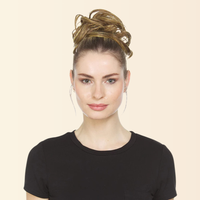
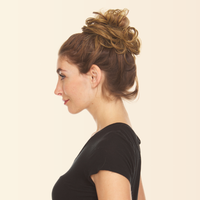
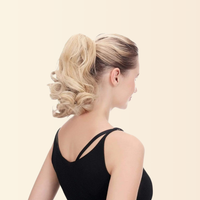
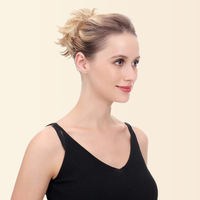

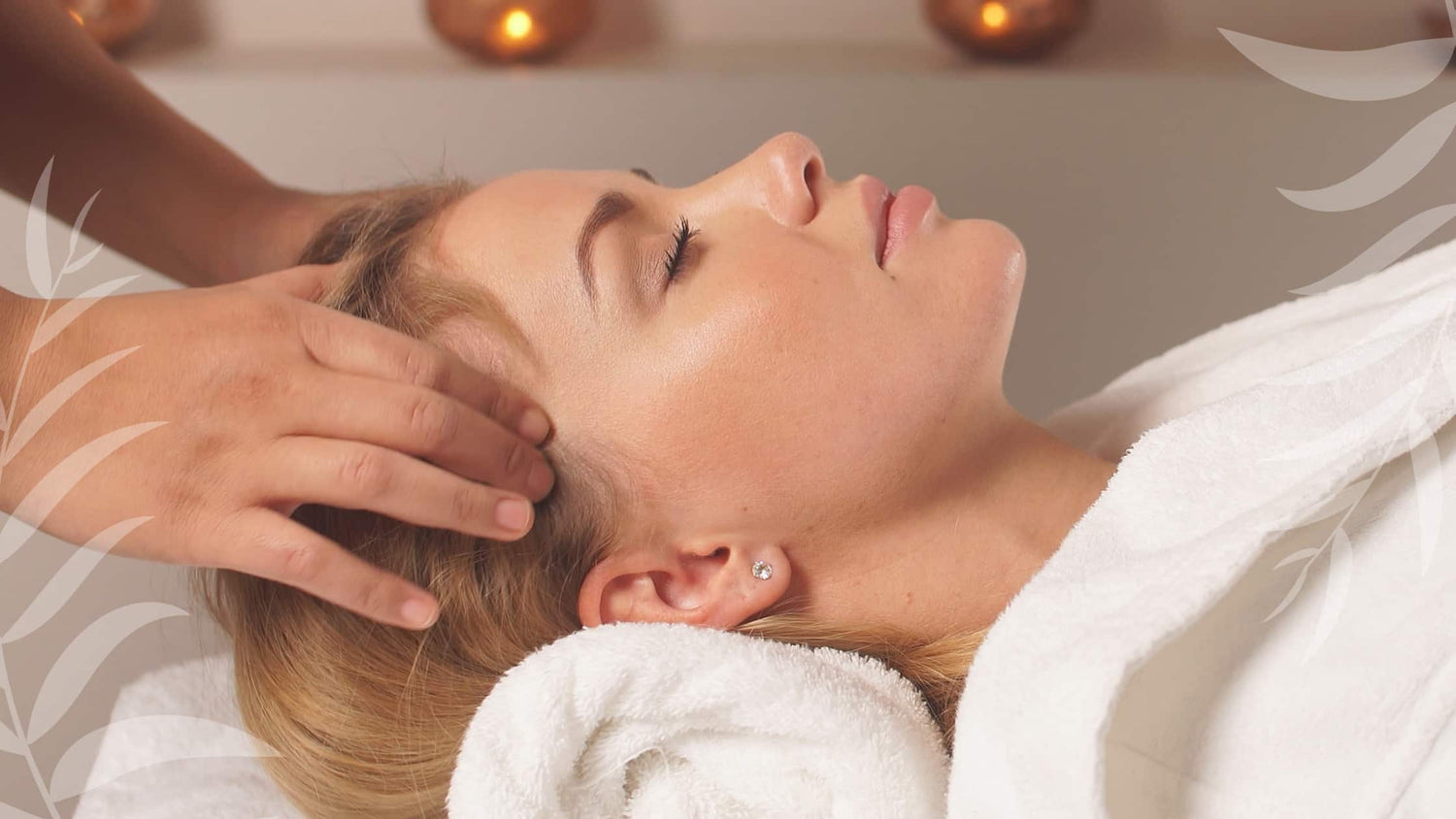
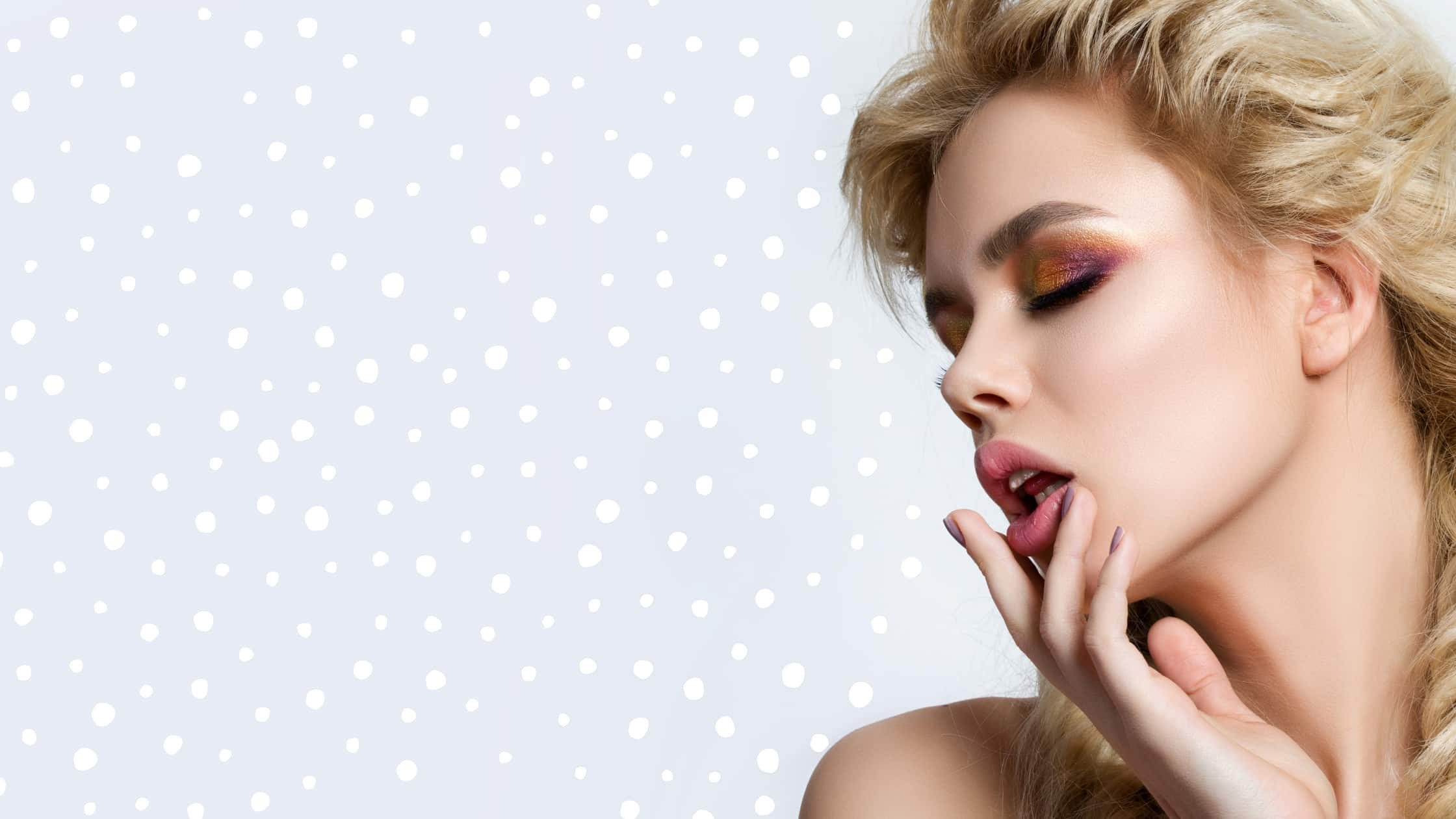
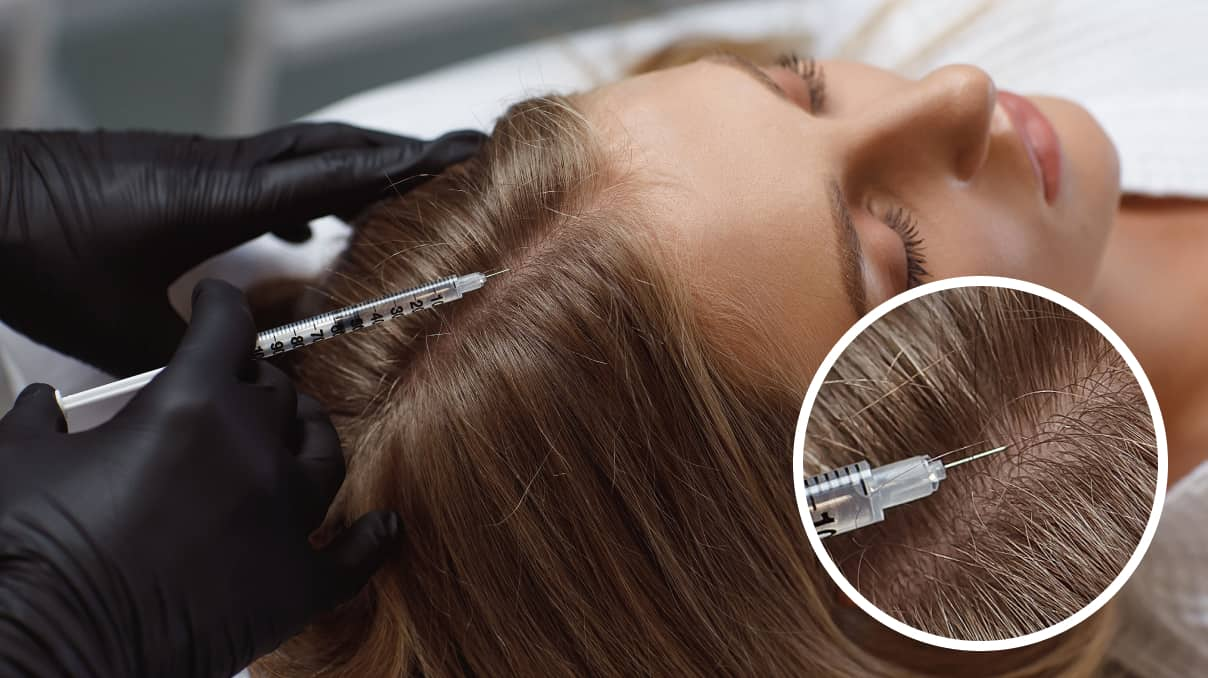
Leave a comment
This site is protected by hCaptcha and the hCaptcha Privacy Policy and Terms of Service apply.